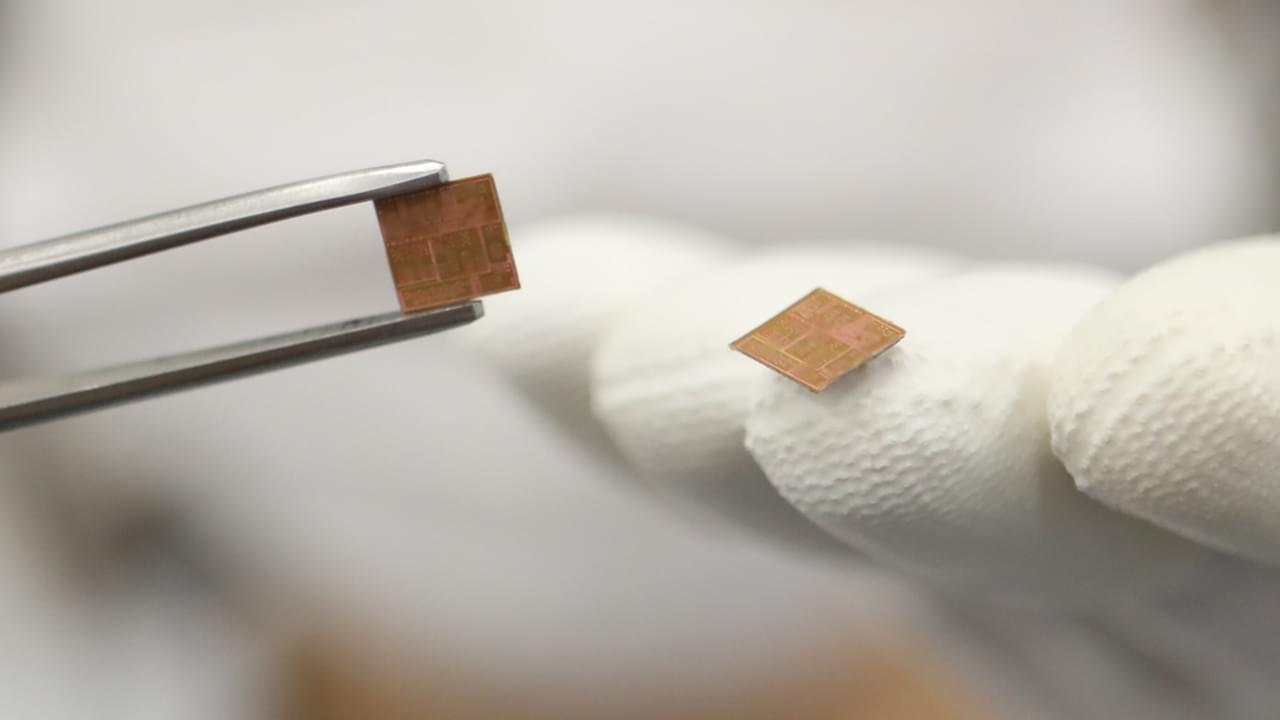Your days of being frustrated by a sluggish smartphone or laptop could be coming to an end: scientists have discovered a new technique for controlling electronic states in quantum materials that could eventually make our gadgets up to 1,000 times faster.
Quantum materials are those that display strange behaviors and properties governed by quantum mechanics. They provide a glimpse into a separate realm of physics, where the standard laws don’t apply.
Here, researchers from institutions across the US manipulated the temperature of a layered quantum material called 1T-TaS₂, enabling it to instantly shift between two opposite electronic phases: insulation and conduction. That ability to block or allow the flow of electricity is key to how transistors in computer chips work.







